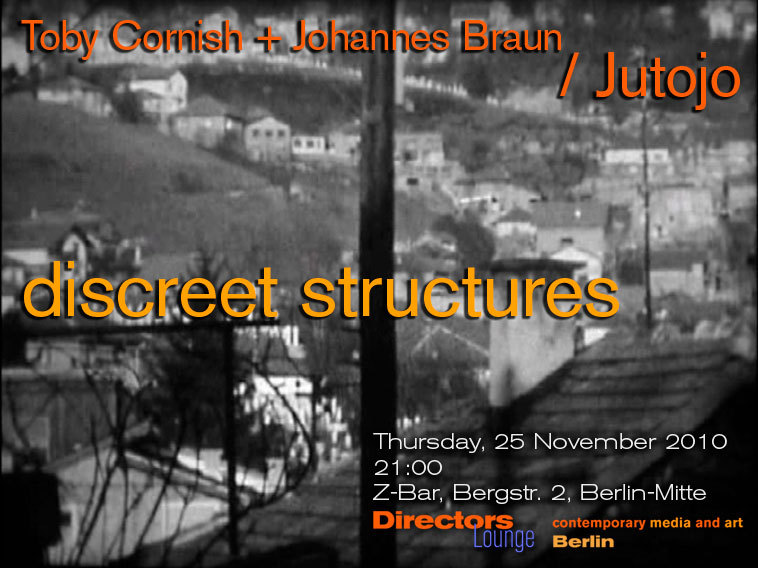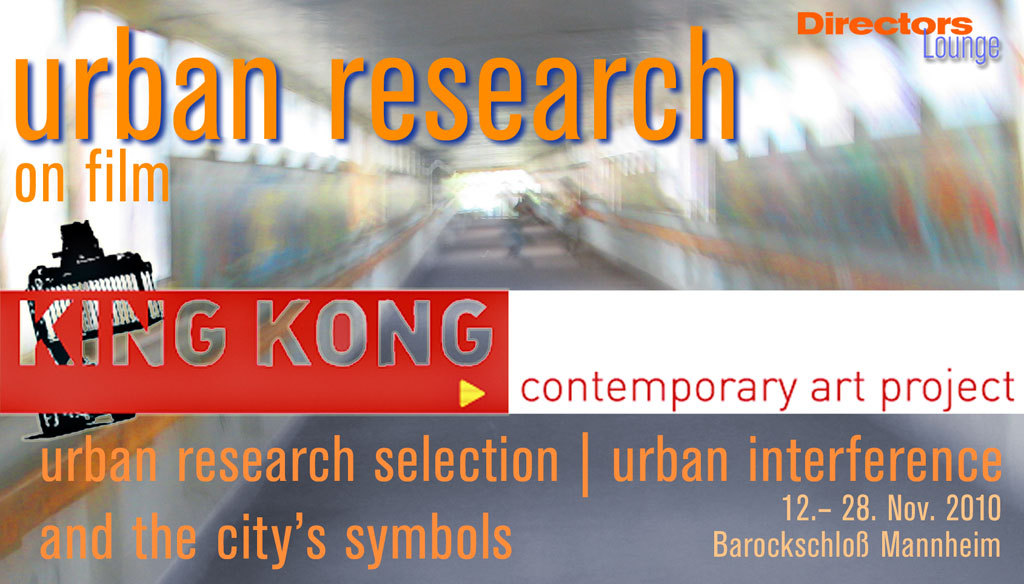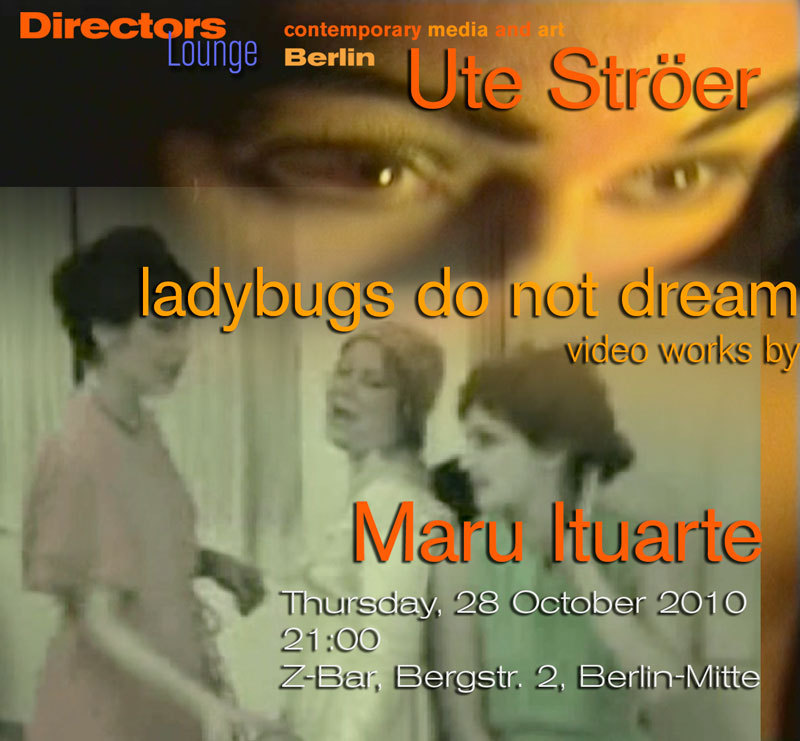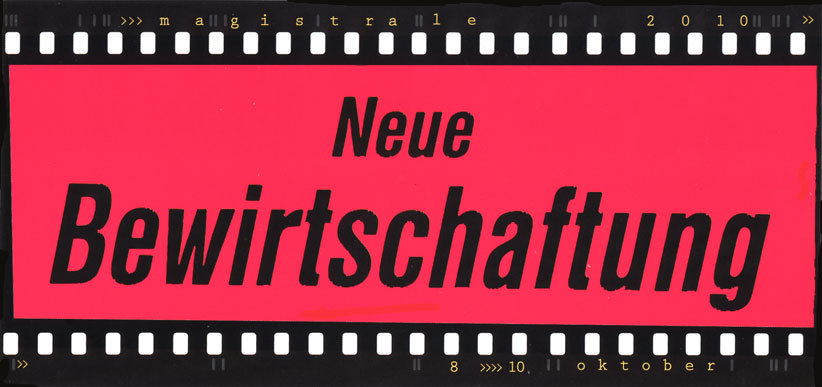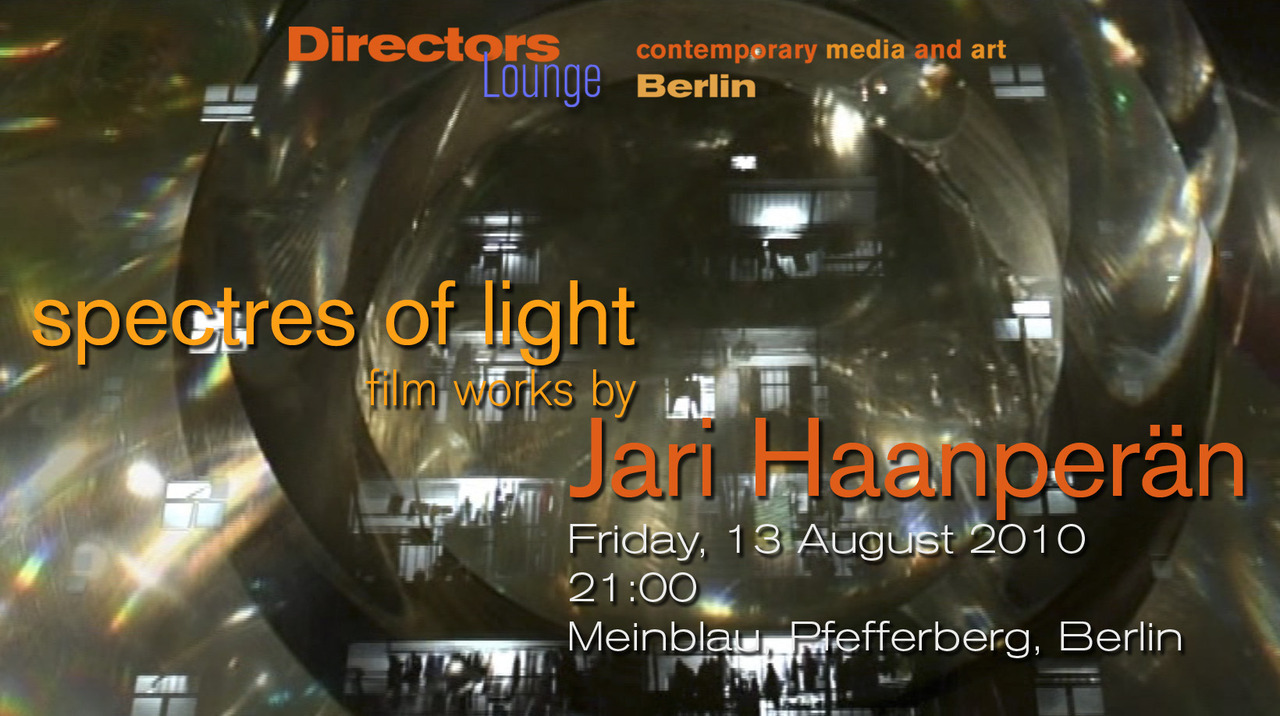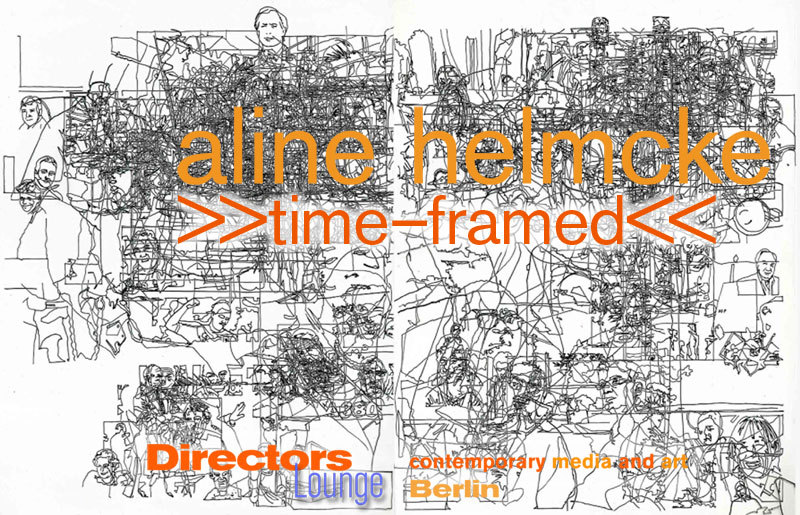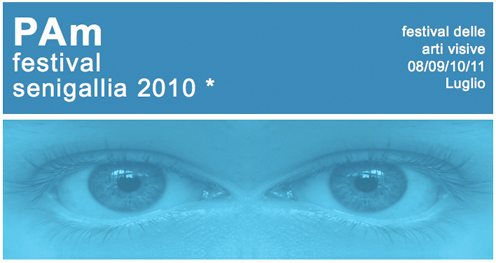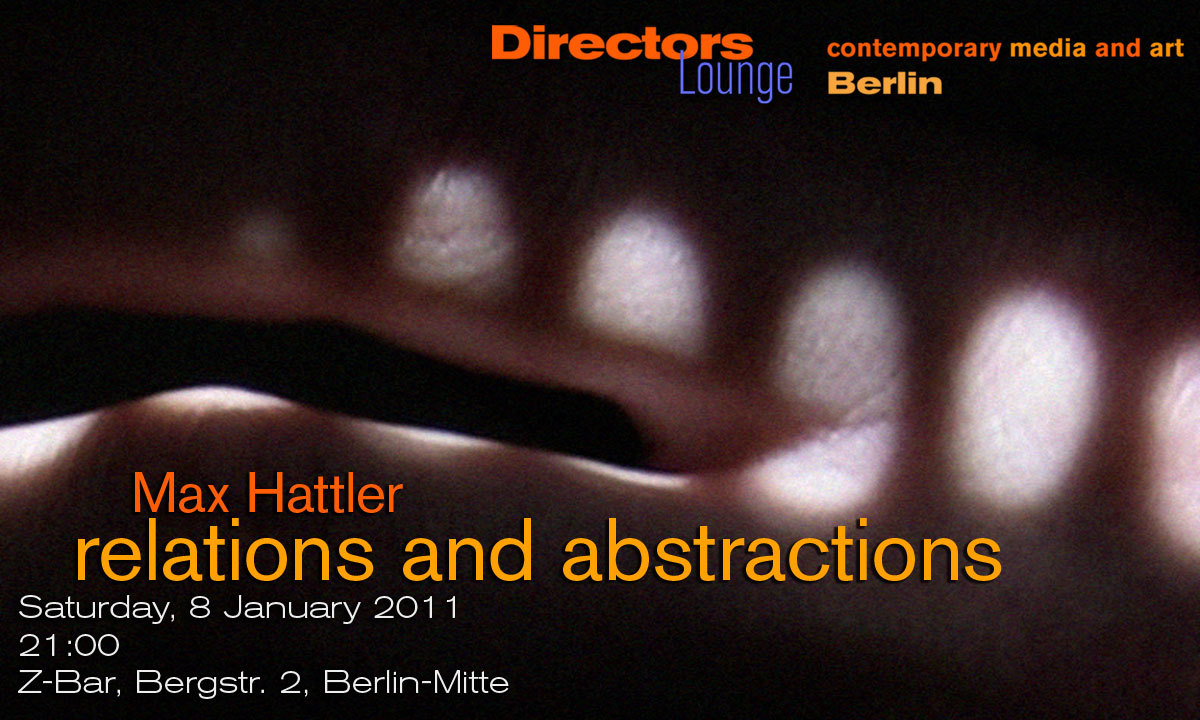
Directors Lounge Screening at Z-Bar
Saturday, 08 Jan 2011
21:00
Relations and Abstractions
Films by
Max Hattler
Z-Bar
Bergstraße 2
10115 Berlin-Mitte
Max Hattler surprises his audience with the gripping force of his abstracted images, combined with sounds he often composes for his own films. The German media artist and animator lives in London and has made a real leap into the media art and festival scene since he graduated from the Royal College of Art in 2005. A programme of his films was already presented at Directors Lounge 2010, and we are happy to present his new programme this month, prior to our festival in February.
In Germany, animation is not being considered as a proper art field, and similar to graphic arts it is often seen as “angewandte Kunst” i.e. craftsmanship or applied arts, mostly feeding the film industry. The field of animation can be quite broad, from animations from pencil drawings, paper-cut-outs, stop-motion, 3D animation, Flash animation and live generated computer graphics. Max Hattler seems to embrace them all, and his work could be seen as happy eclecticism, as post-modern art practice. In Aanaatt (2008) he is using stop-motion animation, Drift (2007) is a combination of close-up photography of skin combined with compositing and Flash animation, Heaven and Hell (2010) are computer generated graphic animation loops, Everything Turns (2004) has been drawn directly into the computer, and Ladyscraper: Cheese Burgers (2011) looks like it was made with live VJ tools.
Looking closer into Max’s work, however, we realize that his art is in no way about eclecticism or appropriation. The artist does make his mark with genuine image composition, and even if his use of different media tools is astonishingly varied, there is something common in most of his films, a kind of surplus, or plenitude that can be almost overwhelming. Animation, this tedious and time-consuming technique (also true in the digital age) usually leads to reduction (unless it is made by big teams and studios such as Pixar) often resulting in a kind of artistic beauty of scarcity. Not with Max Hattler, though! Even if animation techniques lead him to quite abstracted forms, they are not abstract. And the reduced, abstracted forms become symbols again, which often multiply, break apart in smaller image units, still animated, and again accumulate, congregate to larger units, to super-structures. Amazingly, this often happens with a chuckle, a political twist or black humour.
We are very much looking forward to this film night with Max Hattler, who will be available for Q&A after the show.
(curated by Klaus W. Eisenlohr)
Artist Link:
http://www.maxhattler.com/
http://www.facebook.com/maxhattler.artistpage
More infos:
http://richfilm.de
Z-Bar
http://www.z-bar.de

